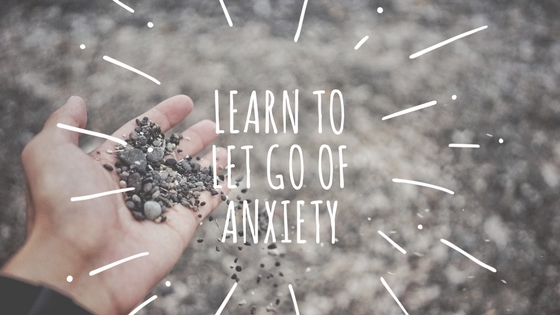Lawyers struggle with a high rate of anxiety. It makes sense. We’re expected to deliver outcomes that are favorable to our clients, yet, have little control over the outcomes. We don’t get to make the final decision.
It’s helpful to talk about what anxiety actually is. Anxiety is the reaction to situations perceived as stressful or dangerous.
From an evolutionary perspective, anxiety makes a lot of sense. Our brains are wired to learn from past experiences. So, it looks for patterns. When the brain recognizes a potentially stressful or dangerous stimulus, it reacts and the fight-or-flight system is triggered.
Of course, this made a lot of sense when humans were running from predators and were in physical danger, for example, running away from sabertooth tiger. Even though we’re no longer running away from predators, our brain still reacts as if we are. [sta_anchor id=”jump”]
When you see the caller ID on your phone display the name of your least favorite opposing counsel, the brain automatically goes into fight-or-flight mode. Your body starts tensing up. Your heart beats faster. Your stomach tightens. You are reacting to the situation (the phone call) and perceiving it as a danger.
Now that we’re no longer running away from sabertooth tiger, these reactions are no longer useful. Fortunately, we can train the brain to be less anxious. We can unlearn the anxiety reaction and replace it with a more helpful response.
Here are three tools to soothe the anxious lawyer brain:
1. Recognize and name the anxiety
The most important step in working with and letting go of anxiety is to pay attention.
There are two aspects of anxiety we can notice. First, is our reaction. How are you reacting to the anxiety itself? Often, as soon as we notice the discomfort of anxiety and rather than tending to it, we ignore it or try to avoid it. This is akin to pushing a beach ball into the ocean. Soon or later, it’s going to bounce back up. The other alternative is to react from the place of anxiety. You notice that you’re feeling anxious and you start doing things — screaming at your opposing counsel, rushing about, telling people what to do, working harder, etc. Some people might use alcohol or substances to self-soothe.
The other aspect of anxiety we can notice is how anxiety feels. This might sound counterintuitive — paying attention to the anxiety itself. However, by attentively looking at the anxiety with kindness, you can create a space for a different response.
You might notice all the physiological reactions that accompany the anxiety. You might also notice the thoughts that are associated with the anxiety.
Key to remember is that we are not trying to change the anxiety, wish it away, or make it go away. The practice is to accept it. Now, when I use the word accept, I do not mean giving up. What I am suggesting is that you simply acknowledge the anxiety. You might say something like, I am feeling a lot of anxiety around my meeting later today.
Anxiety can feel awful but in fact are just thoughts. It’s important to remember this: Thoughts are not facts and you are not your thoughts.
2. See the thoughts that are triggering the anxiety
Anxiety is always triggered by a thought. The thought often contains thinking errors or cognitive distortions. We’re hardwired to think of the absolute worst case scenario. Again, bringing acceptance to this is key. Once you accept where you are at, it has a way of shifting.
For example, I used to have a lot of anxiety around public speaking. The anxious thoughts I had were, “I am going to be terrible at this. The audience is going to laugh at me. I am going to forget all of my lines.” Then I would judge those thoughts. “Why are you feeling anxious? You’ve prepared for this. Stop acting like a fool.” The thoughts would continue to feed on each other and before I knew it, I was a ball of nervous energy.
Rather than try to argue or logic my way through my thoughts, I learned to simply name it and allow it to pass. When my brain tells me, “I am going to be terrible at this!” I simply acknowledge it and say, “Ah. An anxious thought.”
This ability to observe our thoughts is called metacognition. It can be learned through mindfulness practices and will get stronger with more practice.
3. Sweat it out
Research indicates that regular and consistent exercise helps to decrease anxiety, stress, and depression. The key is to exercise regularly. Make it part of your daily routine. You don’t need to spend hours at the gym. Start with just 10 minutes and see how you feel.
Want to learn the tools for rewiring the anxious brain? Join me for Mindful Pause, a self-paced, online program for lawyers.

